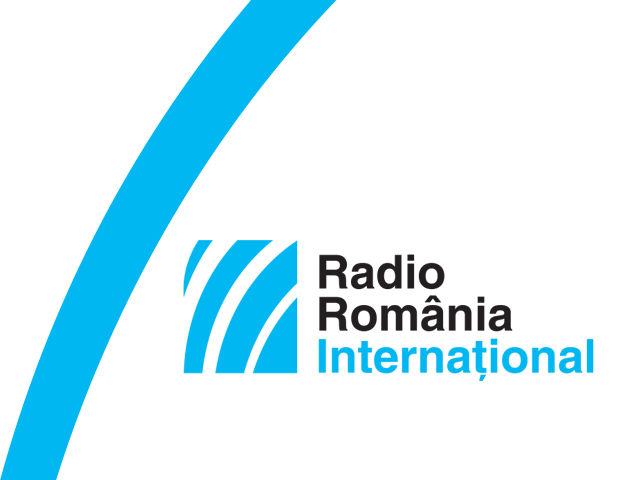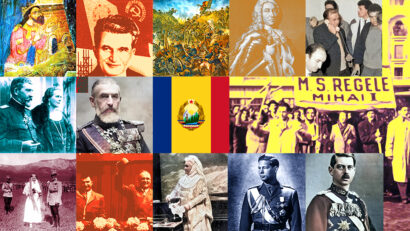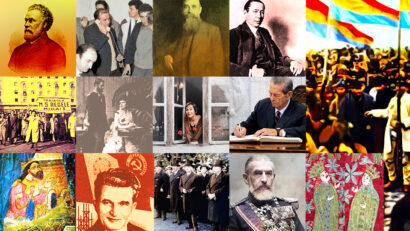War veterans, orphans and widows in Greater Romania
World War I veterans, orphans and widows accounted for around 12% of the population of Greater Romania

Steliu Lambru, 14.08.2023, 14:00
The end of World War I left Romania on the victors side, with double its previous territory and population. But the price paid for this triumph was dire, both during and after the war. Among the most challenging post-conflict realities were the veterans, orphans and widows the war had left behind. Collectively referred to under the acronym IOVR, the World War I veterans, orphans and widows accounted for around 12% of the population of Greater Romania. Public institutions worked to introduce reparations for them, and in spite of various dysfunctions, the new government managed to compensate, as much as possible, the losses these people had suffered.
Our guest today is Maria Bucur, a history and gender studies professor with Indiana University, in Bloomington, USA. She wrote about the history of eugenics, about war and memory, modernisation and citizenship. She argues that the IOVR population shaped new attitudes and radically transformed the concept of citizenship in Greater Romania:
Maria Bucur: “The Romanian state was transformed radically by the decisions made with respect to the war veterans, widows and orphans, both in terms of new institutions or new responsibilities for some institutions, of new local and national policies, and, more importantly, in terms of the citizenship rights that a major proportion of Romanias population obtained after 1919. These forces, working together, generated a new public rhetoric on citizenship, new expectations among Romanian citizens, and new responsibilities undertaken by the state. The success or failures of the new policies generated new dynamics in the political and civic field.”
Unfortunately, the exact number of war veterans, orphans and widows remains unknown to this day. Maria Bucur offers an explanation:
Maria Bucur: “Since the country had almost doubled after the war, the veterans in the territories that were now part of Romania by virtue of the peace treaties became veterans of the Romanian state. We dont have an exact number for them, because the countries to which the territories in question belonged prior to the war did not necessarily count the veterans, as Romania did, and they did not release official statistics on the veterans, widows and orphans in those territories. The figures we have today are early 1920s estimates. In the mid-1930s, when a central committee was finally set up to check these figures, its members concluded that the statistics were incomplete. My own estimate is that Romania had around 1.5 million veterans, over 200,000 of whom were war invalids according to the definition used in those times, and that adding to these were 700,000 widows and orphans.”
How did Greater Romania show its appreciation for its WWI veterans, orphans and widows? Maria Bucur says reperation policies were, overall, adequate:
Maria Bucur: “We should emphasise that Romania was in fact more generous than any other country involved in WWI. Apart from pension benefits, the law offered free public education, free healthcare, free railway transportation, free firewood and priority positions in the distribution of land following the land ownership reform. In addition, veterans were given priority access to certain government monopoly areas, such as newsstands in train stations, and priority access to certain positions in public institutions. For instance, the staff in the IOVR offices were mainly war veterans and widows. All these benefits together amounted to a lot more than the ones provided by the French government, for instance, which was always a major model for Romania.”
The law concerning the IOVR population was known as the “Gratitude Law,” and it applied without discrimination to both the old and the new citizens of the country:
Maria Bucur: “First of all, the country was grateful not only to the soldiers who had fought for Romania on the home front. Those who had fought against Romania were given exactly the same rights, provided that they explicitly embraced their Romanian citizenship and loyalty to the Romanian state. And I would like to emphasise that such policies were not applied for instance in Yugoslavia, where Croatians were not given the same rights as the Serbian veterans.”
Maria Bucur believes there are additional explanations for Romanias generosity to former enemies:
Maria Bucur: “This generosity on the part of the Romanian government may also be viewed in pragmatic and aspirational terms. On the one hand, many Romanian ethnics had fought in the Austrian-Hungarian army out of necessity. Not integrating these veterans in the IOVR policies would have created a radical division between the new territories and the Old Kingdom, which all politicians understood would be a mistake. Another pragmatic aspect had to do with the treaty on minorities, which Romania had to comply with. In aspirational terms, I see the IOVR legislation as a framework as well, one through which the Parliament of Romania sought to outlike a new type of engaged citizenship, a lot closer to public institutions through the benefits offered to the IOVR population.”
The Romanian WWI veteran reparation model was designed to compensate for losses and to secure peace. And in spite of some failures, this ambitious enterprise was successful. (AMP)






























